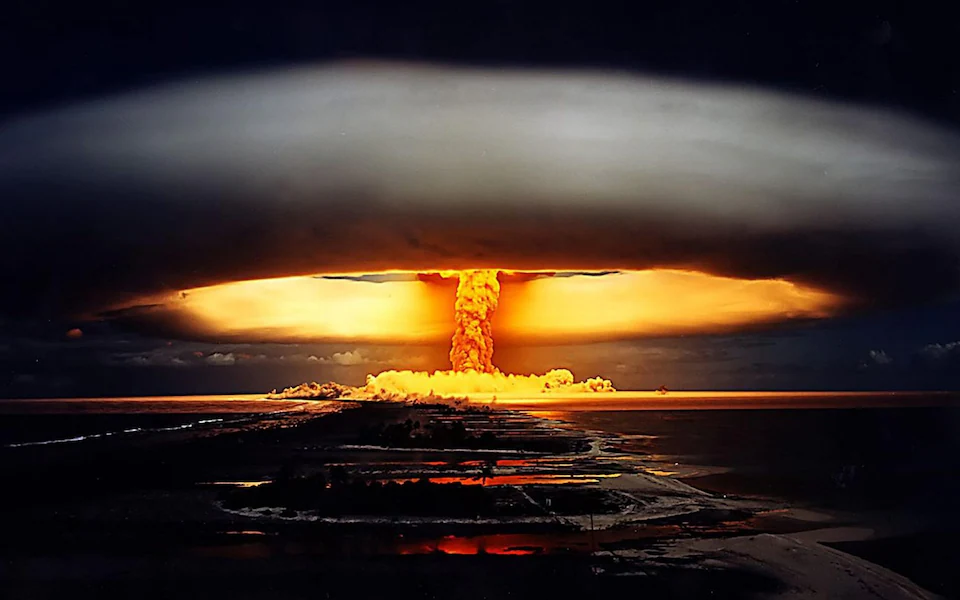This says little about why wars are waged in the archaic past or the present. Wars are always waged for something, whether it is pleasing the gods by seizing captives to execute or sacrifice, or coveting resources, or wars for belief, or extending power over others, or in the search for heightened security, or simply a war of defence against a predator. This mix of motives has remained remarkably constant.
The seizure of resources is an obvious motivation for war, an explanation that extends from the ancient Romans as they destroyed enemy cities and grabbed slaves and treasure and exacted tribute, to the Japanese forces in 1942 when they captured the oil and raw materials of South-east Asia needed for waging further war. Wars for belief also span millennia, from the Muslim conquests of the Middle East and North Africa in the early Middle Ages, and the age of Christian crusades that followed, to the current jihad campaigns of militant Islam.
Security, as Thomas Hobbes famously recognised in his Leviathan of 1651, is always at risk in an anarchic world where there is no single common power to enforce it. Frontiers are a touchstone of security fears and lack of trust, as the wars in Ukraine and Gaza illustrate today. But the long Chinese frontier with the steppe nomads and the vast frontier of the late Roman empire were also sites of constant encroachments, defensive battles and punitive expeditions.
Missiles launched during a ground force drill by the Iranian army, October 2023 – Alamy© Provided by The Telegraph
Pursuit of power is perhaps the most common explanation for war – particularly popular with political and social scientists. Power Transition Theory, pioneered at the height of the Cold War, sees a constant race between major hegemonic powers as one tries to exceed the power of the other. The race, so it is argued, might end in war as a declining power seeks to protect its position, or a rising power seeks to replace it. At one time, the theory was applied to the United States and the Soviet Union, but they never went to war against each other; now it is applied to possible war between the United States and China, which has become a favourite scenario for those predicting 21st-century conflict. Yet it is a theory that works poorly. The two world wars began with a major power picking on a lesser one – Serbia in 1914, Poland in 1939 – and then dragging other powers into the maelstrom. That might indeed happen with Taiwan, as it is already happening with Ukraine.
Power works best as an explanation when history turns to the individuals who drove themselves to become the great conquerors, men whose raw ambition mobilised support from their people for unlimited conquest – Alexander the Great, Genghis Khan, Napoleon, Hitler. This is hubristic power based on arrogant self-belief and it usually evaporates with the death or defeat of the leader. But so long as they lead, and there are people willing to follow, war is unlimited and destructive on a vast scale. This is the most dangerous and unpredictable explanation for the persistence of warfare and it covers the whole historical record. It is one of the surest indications that war still has a future as well as a long past.
The wars of the future draw on a grim heritage. The fact that peace would seem to be the rational option for most humans has never been able to stifle the urge to fight when it seems necessary, or lucrative, or an obligation. And that heritage is the chief reason it is possible to imagine a future war. After the end of the Cold War, there was once a fashion for saying that war was obsolete – if only that were so, we might now live in a world without weapons and fear. While few would actively seek the Third World War, few envisaged or wanted the other two. The sad reality is that our understanding of why wars occur has so far contributed little to setting warfare aside as an enduring element in human affairs.
source: https://www.msn.com/en-us/news/world/ar-BB1oJkqR














